Leonardo da Vinci's paintings are beautiful and full of mysteries. They have been brought to an unthinkable degree of perfection, because the master worked on each of his creations for several years.
Our ranking lists all the greatest paintings of Leonardo da Vinci, with photos, names and detailed information about each of them. The list did not include drawings of inventions, cartoons, as well as paintings in respect of which art critics have doubts that they belong to Leonardo's brush. Also, copies of paintings that have not survived to this day were not included in the selection.
18. Vitruvian Man
Years of writing: 1490.
Where is: Academy Gallery, Venice.
Materials: pen, ink, watercolor on paper.
Dimensions: 34.3 x 24.5 cm.
If you say that this is not a painting, but a drawing, then you will be absolutely right. Indeed, the Vitruvian Man is a drawing, an illustration made by Leonardo for the book of the great ancient Roman architect Mark Vitruvius and placed in one of his diaries.
However, this drawing is no less famous than the paintings on our list. It is considered not only a work of art, but also a scientific work. And demonstrates the ideal proportions of the human body.
After studying mathematics and geometry, in particular the work of Vitruvius, Leonardo's thirst for knowledge reached its climax. In The Vitruvian Man, he applied the idea of universal symmetry, the golden ratio, or "divine proportion" not only to size and shape, but also to weight.
- 6 palms = 1 cubit;
- length from tip of longest to lowest base of 4 fingers = 1 palm;
- 4 palms = 1 foot;
- arm span = height;
- 4 palms = 1 step;
- 4 cubits or 24 palms = person's height.
Other world famous paintings by Leonardo da Vinci that incorporate the Golden Ratio are Mona Lisa, Annunciation and Last Supper.
17. Madonna of the Carnation
Years of writing: 1478 — 1480.
Where is: Old Pinakothek, Munich.
Materials: oil painting on chalkboard.
Dimensions: 42 x 67 cm.
Many art historians attribute this work to the young Leonardo when he was still serving as an apprentice in Verrocchio's painting workshop. There are a number of details that support this version, for example, the detailing of Madonna's face, the drawing of her hair, the landscape outside the window, and the soft and diffused light characteristic of the Italian artist.
Unfortunately, the years did not spare the painting, and due to improper restoration, the surface of the paint layer became uneven.
16. Annunciation
Years of writing: 1472 — 1476.
Where is: Uffizi, Florence.
Materials: oil painting on chalkboard.
Dimensions: 98 x 217 cm.
It was with the "Annunciation" that he began as an artist Leonardo da Vinci.This painting is supposedly created in collaboration with Andrea del Verrocchio, in whose workshop he was given at the age of 14 years old. In favor of the authorship of the future famous Italian master, the amazing anatomical accuracy, characteristic of all of Leonardo's works, as well as a number of sketches in the diaries that have survived to our time speaks. In favor of the authorship of another person - the nature of the strokes and the composition of the paints with which Mary was painted; they contain lead, uncharacteristic for da Vinci.
Interestingly, if you look at the picture while standing right in front of it, then some flaws in the anatomy are noticeable. For example, Mary's hand seems to be somewhat longer than it is typical for ordinary inhabitants of planet Earth. However, if you go to the right side of the picture and look from there, then Maria's hand magically shortens, she herself becomes larger and the center of gravity of the plot is transferred to her figure - as prescribed by the plot. Most likely, the alleged irregularity in the physique is the result of a carefully designed optical illusion: the painting was supposed to hang at an angle to the viewer.
15. Baptism of Christ
Years of writing: 1476
Where is: Uffizi, Florence.
Materials: oil painting on chalkboard.
Dimensions: 177 x 151 cm.
And this work Leonardo wrote in collaboration with his teacher. According to Giorgio Vasari, who compiled the biography of the artist, Verrocchio instructed the young apprentice (at the time of writing the painting, Leonardo was 24 years old) to paint the figure of a white-haired angel in the left corner of the painting. The teacher was so impressed by the skill of the student that he, ashamed, no longer took up painting.
14. Portrait of Ginevra de Benchi
Years of writing: 1474 — 1478.
Where is: National Gallery of Art, Washington.
Materials: oil painting on chalkboard.
Dimensions: 38.8 x 36.7 cm.
A wreath of laurel and palm branches on the back of the picture hints that the woman depicted on it is not an easy one. The first wreath indicates her poetic pursuits, and the second indicates that she is not alien to mercy and compassion. This impression is supported by the strict and somewhat austere beauty of the model, her pale alabaster skin, and drooping, as if in meditation, centuries. The almost complete absence of jewelry and emphatically modest clothing indicate her intellectual pursuits. And rightly so - the painting depicts the poet Ginevra de Benchi.
The manner of the image (especially shading with fingers - Leonardo has just begun to master this technique, so the paint layer is uneven in places) already speaks loudly about the skill of the creator. Especially characteristic soft lighting and landscape in the background, as if shrouded in a glowing haze.
13. Madonna Benoit
Years of writing: 1479 — 1481.
Where is: Hermitage, St. Petersburg.
Materials: oil painting on canvas.
Dimensions: 48 x 31.5 cm.
"The ghost of an old woman" with a "wrinkled neck", "swollen little body" and "toothless grin" - such unflattering words the picture was described by the American art critic, who was commissioned by the owners - the Benois family - to establish the authorship. Despite all the colorful epithets, he still attributed it as belonging to the brush of Leonardo da Vinci - this is supported by both the manner of painting and the soft diffused light inherent in the artist, naturally creating the volume of two figures.
One of the symbolic details is a cruciferous plant hinting at the fate of the child. However, neither the mother nor the baby is aware of this yet. He plays carelessly, and she looks at him with a smile.
12. Adoration of the Magi
Years of writing: 1479 — 1482.
Where is: Uffizi, Florence.
Materials: oil painting on chalkboard.
Dimensions: 246 x 243.
Unfortunately, one of the paintings of the great artist, sculptor, scientist and engineer of the Renaissance remained unfinished. Leonardo moved to his place of residence in Milan and was not going to return. Fortunately, the clients saved the unfinished picture.It is distinguished by its non-standard composition and rich symbolic meaning.
For example, Mary sits under an oak tree, which is a symbol of eternity, a palm tree grows in the distance - a sign of Jerusalem, and the ruins of a pagan temple on the horizon are the destruction of the pagan religion, which was supplanted by Christianity.
11. Saint Jerome in the wilderness
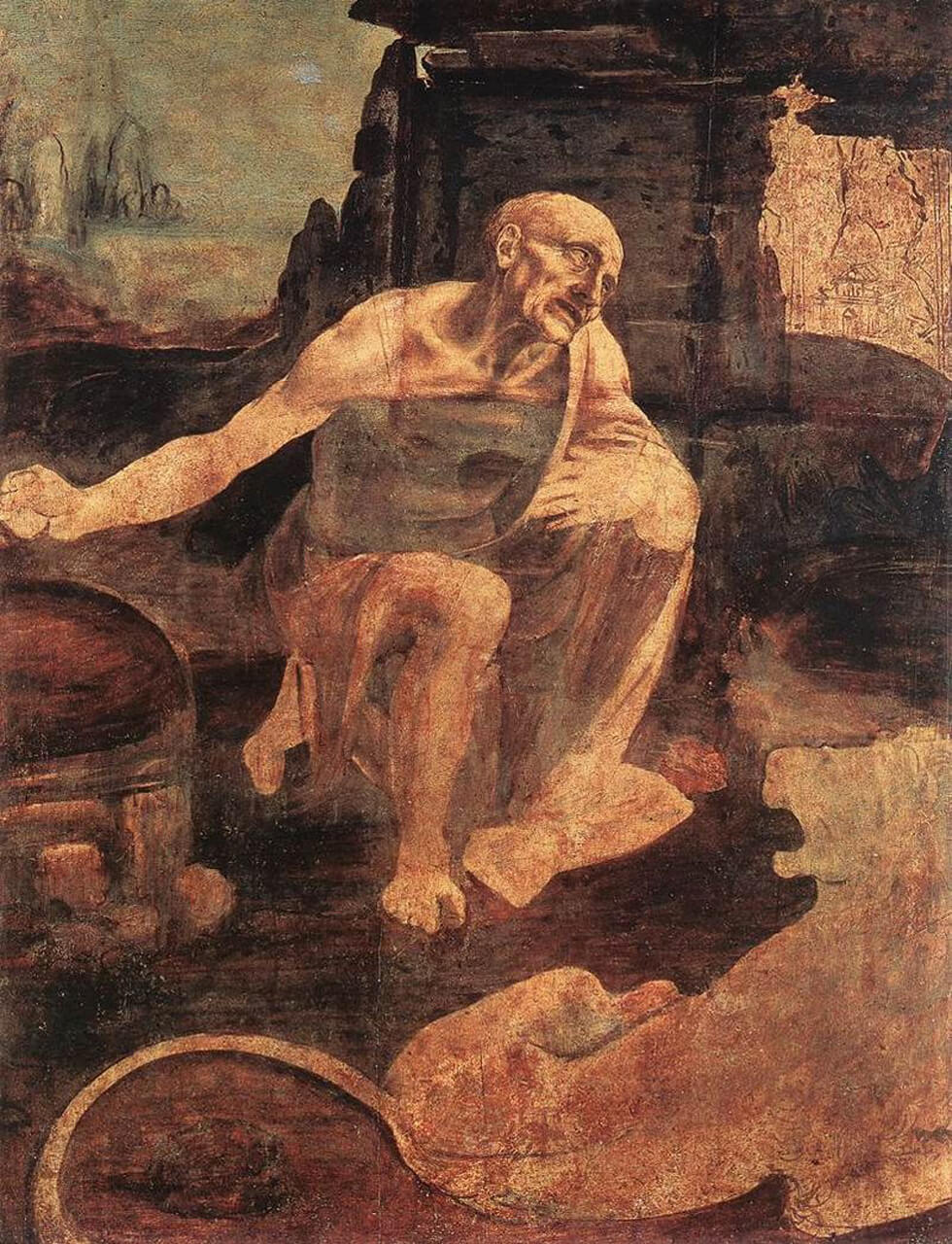
Years of writing: 1480 — 1490.
Where is: Vatican Pinakothek.
Materials: oil painting on chalkboard.
Dimensions: 103 x 75 cm.
Despite the fact that the painting remained unfinished, it made a strong impression on contemporaries. This is primarily due to the amazing anatomical accuracy of the image of the human body for which Leonardo was famous.
A difficult fate awaited the picture - the work was cut after some time, and the boards were used for the most base purposes. It is alleged that one of the art lovers found part of the painting in the form of a chest lid.
10. Madonna Litta
Years of writing: 1478 — 1482.
Where is: Hermitage.
Materials: tempera, board.
Dimensions: 42 x 33.
The mastery of the great Italian artist manifested itself in the details, which tell a kind of story. For example, a woman's red dress has special feeding cuts, one of which is sewn up. Apparently, she made a decision that it was time to stop breastfeeding. But one of them was ripped open in a hurry - stitches and hanging ends of the thread are visible.
9. Madonna of the rocks
Years of writing: 1483 - 1490 and 1495 - 1508.
Where is: Louvre Museum and London National Gallery.
Materials: oil painting on chalkboard.
Dimensions: 199 x 122 cm
There are two practically identical works by Leonardo in the world with the same name. One of them is in Paris and the other is in London. The first version of da Vinci was ordered for the altar panel, and with a clearly defined plot. However, the artist, apparently, considered that his talent and skill give him the right to some liberties. As a result, there were so many of them that the customers refused to pay for the work. A long-term litigation began, which, however, ended relatively successfully. The second version began to hang in the church, and the first disappeared from art history radars for about a hundred and fifty years, until it was found in the treasury of the French kings.
Like many of Leonardo's other paintings, this one is full of encrypted messages. Cyclamen next to Jesus symbolizes love, primrose - virtue, acanthus - the coming resurrection, and St. John's wort - the blood shed by Christian martyrs. It was this picture that the author of the acclaimed "The Da Vinci Code" tried to use as an illustration of his constructions, where he stated that in fact the meaning of the traditional plot is completely different.
8. Portrait of a musician
Years of writing: 1485 — 1487.
Where is: Ambrosian Library, Milan.
Materials: oil painting on chalkboard.
Dimensions: 43 x 31.
The only portrait of a man among the famous paintings of da Vinci. Initially, art historians believed that the painting depicts the Duke of Milan himself, patron and friend of Leonardo da Vinci (as far as a person occupying such a social position can be anyone's friend at all). Until later it was discovered that the young man was clutching a scroll beginning with the words "angelic song". Therefore, the painting was renamed "Portrait of a Musician". And a number of art critics make a bold assumption that this is Leonardo himself, because music was also part of his sphere of interests.
7. Lady with an ermine
Years of writing: 1488 — 1490.
Where is: Czartoryski Museum, Krakow.
Materials: oil painting on chalkboard.
Dimensions: 54.8 x 40.3 cm.
Although the authorship of the genius Italian artist was sometimes questioned, at the moment art critics agreed that this is one of the best paintings by Leonardo da Vinci, if not the most perfect from a pictorial point of view.It is believed that the artist who adored riddles and ciphers encrypted her name in the image of a white animal in the model's arms. In Latin, the weasel family is called gale, and the name of the girl is Cecilia Gallerani.
The snow-white skin of an ermine (and the portrait most likely shows him) is a daring challenge to the somewhat dubious status of the Duke of Milan's kept woman. According to popular belief, this animal values its immaculate white fur so much that it is ready to die rather than stain it with dirt.
6. Last Supper
Years of writing: 1495 — 1498.
Where is: temple of Santa Maria delle Grazie, Milan.
Materials: fresco.
Dimensions: 460 x 880 cm.
One of the most famous paintings by Leonardo da Vinci, in fact, is not. This is a kind of the largest and most unsuccessful experiment of the great Italian scientist. At the end of the 15th century, the Duke of Milan commissioned the renowned artist to paint the wall of the monastery for an amount the equivalent of which would now be $ 700,000.
It was assumed that the artist, like many before him, would paint on wet plaster - after the final polishing, such a painting would be strong and durable. However, the fresco imposes its own limitations - in addition to the specific manner of applying paints (it is required to write immediately and cleanly, further corrections are impossible), only some pigments are suitable for it. And then their brightness decreases, "eaten" by a well-absorbing surface.
For Leonardo, who was skeptical of the authorities, who reached everything on his own and, apparently, was quite proud of this circumstance, such restrictions were unbearable. On a truly Renaissance scale, he decided to reject the legacy of the past and rework the entire process from the composition of the plaster to the paints used. The result was predictable. The paint layer of the fresco began to deteriorate two decades after the completion of the work. In addition to unsuccessful technical solutions, the picture has suffered from time.
First, the inhabitants of the monastery decided to saw off Christ's legs, making a door in this place, and then mediocre painters, trying to renew the painting, godlessly perverted its plot (for example, the hand of one of the apostles turned into ... a loaf). The building was flooded, then a hayloft was made from it, and in the Second World War a bomb hit the temple. Fortunately, the fresco was not damaged by it. It is not surprising that 20% of the original painting has barely survived to our time.
It is interesting that it was this crumbling and from time to time tinted image that for many years was the most famous painting by da Vinci - and what is there, the only one accessible to the common viewer. The rest were all kept by the rich of this world. The status quo changed only with the transfer of the Mona Lisa from Napoleon's bedchamber to the Louvre.
From the other two frescoes created by da Vinci, only fragments have survived to this day.
5. Beautiful Ferroniera
Years of writing: 1493 — 1497.
Where is: Louvre, Paris.
Materials: oil painting on chalkboard.
Dimensions: 62 x 44 cm.
An interesting legend is associated with one of the most famous paintings by Leonardo da Vinci. When the painting got to France, one of the owners made an inscription on it - "Ferroniera". This mysterious word (like the undoubted beauty of a woman) has excited the imagination of people close to art for many years.
The gallant "love historian", Guy Breton, who already lived in our time, composed a whole story. The allegedly unnamed beauty was the mistress of Francis the First, and she began to wear her jewelry to hide the bruise she received during the night with the king.
Most likely, Lucrezia Crivelli is depicted in the painting by Leonardo da Vinci called "The Beautiful Ferroniera". She was one of the mistresses of Leonardo's patron, Duke of Milan. And the name comes from her decoration on the forehead - ferronieres.
4. Girl's head
Years of writing: 1500 — 1505.
Where is: National Gallery, Parma.
Materials: oil painting on chalkboard.
Dimensions: 24.6 x 21 cm.
An unfinished depiction of a young woman with a sloppy hairdo (hence the painting's other name - La Scapigliata, disheveled) was painted in a manner similar to other unfinished works - oil paints with a slight addition of pigment. Art critics, however, believe that the contrast between barely outlined hair and a magnificently executed face was part of the artist's plans.
Leonardo was probably inspired by a passage from the ancient writer Pliny the Elder, popular during the Renaissance. He said that the great artist Apelles deliberately left his last image of Venus of Kos unfinished, and that admirers admired him more than his other works.
3. Saint Anna with the Madonna and the Christ Child
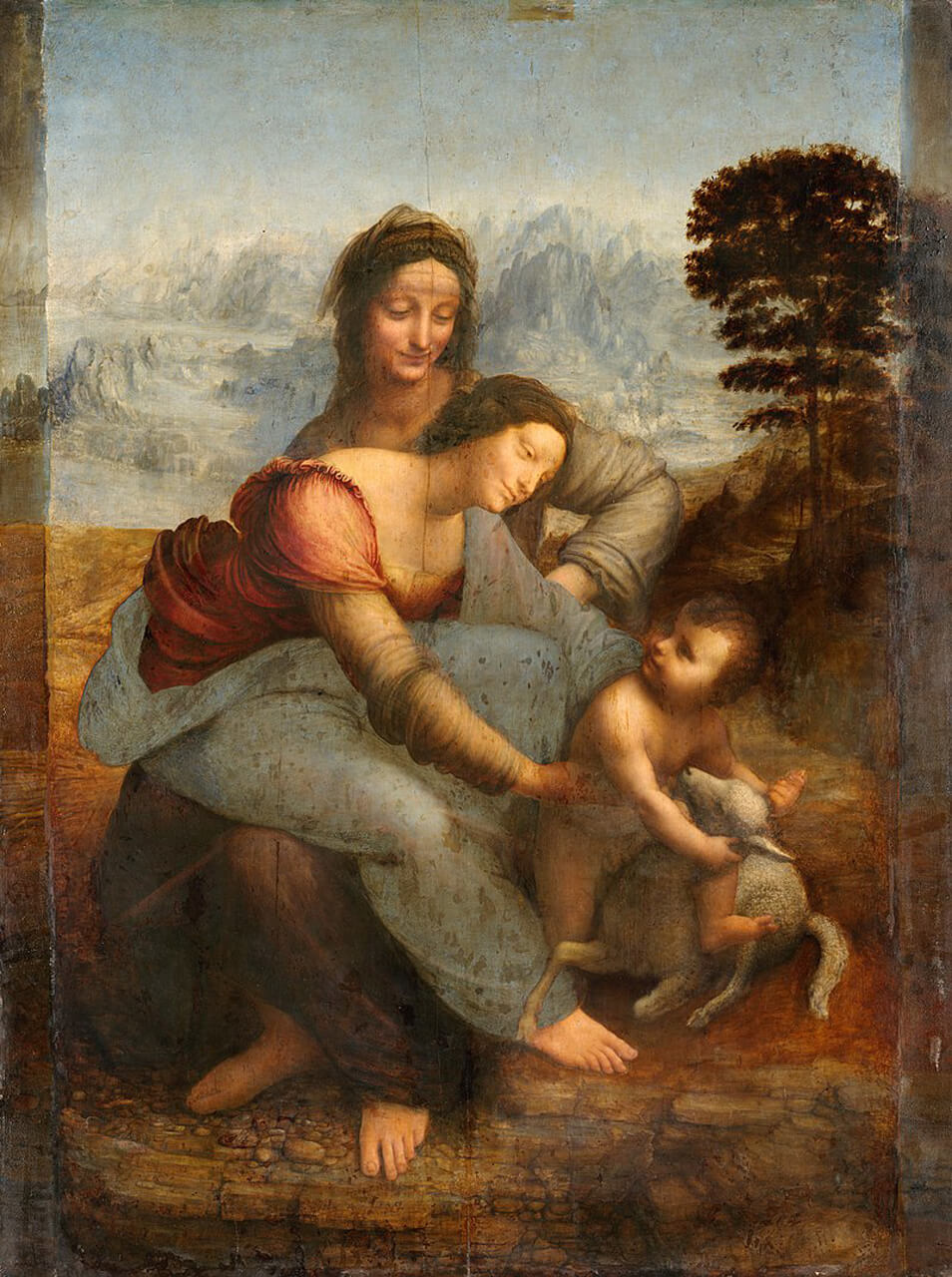
Years of writing: 1501 — 1517.
Where is: Louvre, Paris.
Materials: oil painting on chalkboard.
Dimensions: 168 x 112 cm.
The content of this picture is deeply symbolic, Mary sits on the lap of her mother Anna and reaches out with her hands to the child of her womb - the Christ child. The lamb symbolizes meekness and the future fate of the Savior as a sacrifice for the sins of the world.
Contemporaries deeply appreciated the liveliness and naturalness of the facial expressions of all three participants in the scene - especially the trademark Leonardo's mysterious half-smile, with which Anna looks at her daughter and grandson.
2. Mona Lisa (La Gioconda)
Years of writing: 1502 — 1516.
Where is: Louvre, Paris.
Materials: oil painting on chalkboard.
Dimensions: 76.8 x 53.
Perhaps, it is difficult to find a person on the globe who would not have known "La Gioconda". This is by far the most famous work of the talented Italian. Many mysteries and mysteries of this painting by Leonardo da Vinci have not yet been solved:
"Mona Lisa" had a special meaning in the life of the artist - it is no secret that sometimes, carried away by something new, he reluctantly returned to interrupted work. However, he worked on "La Gioconda" with passion and enthusiasm. Why?
It is unclear exactly who is depicted in the portrait. Was it the wife of the merchant del Giocondo? Or the same woman who posed for The Lady with the Ermine? There is even a version that Salai, one of the artist's apprentices, was depicted by him in at least two more paintings, as a model for Mona Lisa.
What color was La Gioconda's dress originally? Apparently, Leonardo experimented with colors again, and again unsuccessfully, so that nothing remained of the original color of the sleeves. Contemporaries, by the way, admired the luxurious coloring of the picture.
And, finally, a mysterious half-smile - is she smiling at all, or is it just an illusion, skillfully created by the artist due to the shadows in the corners of the lips?
1. John the Baptist
Years of writing: 1508 — 1516.
Where is: Louvre, Paris.
Materials: oil painting on chalkboard.
Dimensions: 69 x 57 cm.
The last painting of the artist, which supposedly depicts Salai - one of the artist's apprentices, for unknown reasons, enjoyed the special favor of Leonardo. The master forgave the student a lot. Up to the theft of money for a raincoat purchased in advance, in which Salai was draped for "Bacchus" - a painting that has survived to this day only in the form of a copy. A pampered face, carefully curled curls and a particularly immodest half-smile gave rise to certain doubts about the nature of the relationship between the master and the apprentice.
However, it is difficult to understand anything from the artist's diaries - after being accused of sodomy at a young age, he carefully avoided mentioning his personal life anywhere. According to the will, he left his estate and money, by the way, Leonardo to the same Salai and another assistant.
Turin self-portrait by Leonardo da Vinci
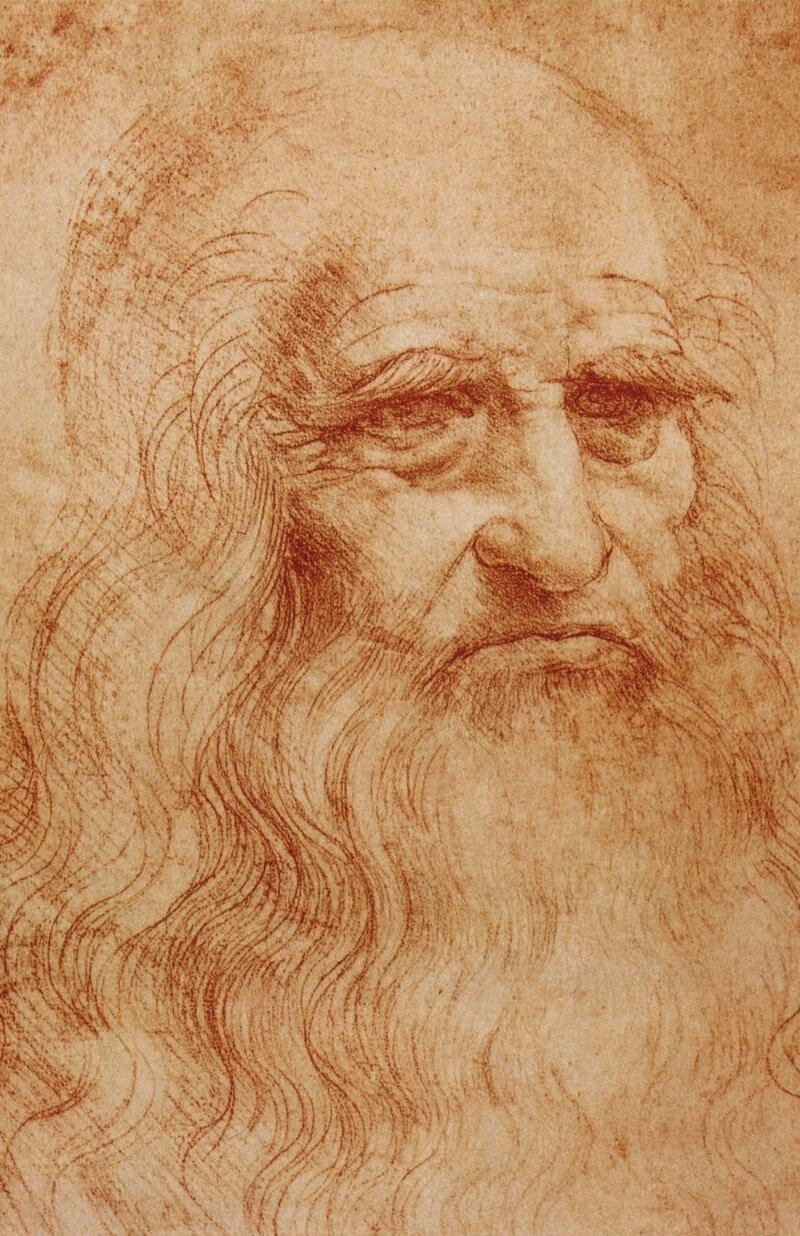
Years of writing: after 1512.
Where is: Royal Library, Turin.
Materials: sanguine, paper.
Dimensions: 33.3 x 21.6 cm.
It is considered a self-portrait of the artist, painted at the age of 60. The portrait was made with a stick for drawing from kaolin and iron oxides, which is why the picture has a yellowish tint. Currently not on display due to fragility.
There is still controversy around the authorship of the popular work, despite the fact that the shading goes from left to right, as was usual Leonardo, but some art critics consider it a fake. According to some reports, during an X-ray survey, a painting dated presumably of the 17th century was found under the image of the elder.
The most expensive painting by Leonardo da Vinci in a private collection: Savior of the world
Cost: $400 000 000
Years of writing: 1499 — 1507.
Where is: private collection.
Materials: oil painting on chalkboard.
Dimensions: 66 x 47 cm.
Many art critics doubt that the author of this picture was precisely Leonardo da Vinci. For this reason, she was not included in our main list. However, the "Savior of the World" is undoubtedly one of the most expensive works of art in history.
At Christie’s auction in November 2017, the canvas sold for an impressive $ 400 million. Now it is kept in the private collection of one of the Saudi princes and, possibly, will be exhibited at the Louvre branch in that country.

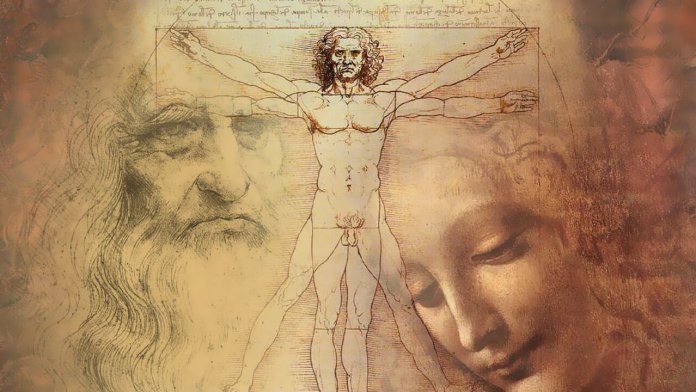
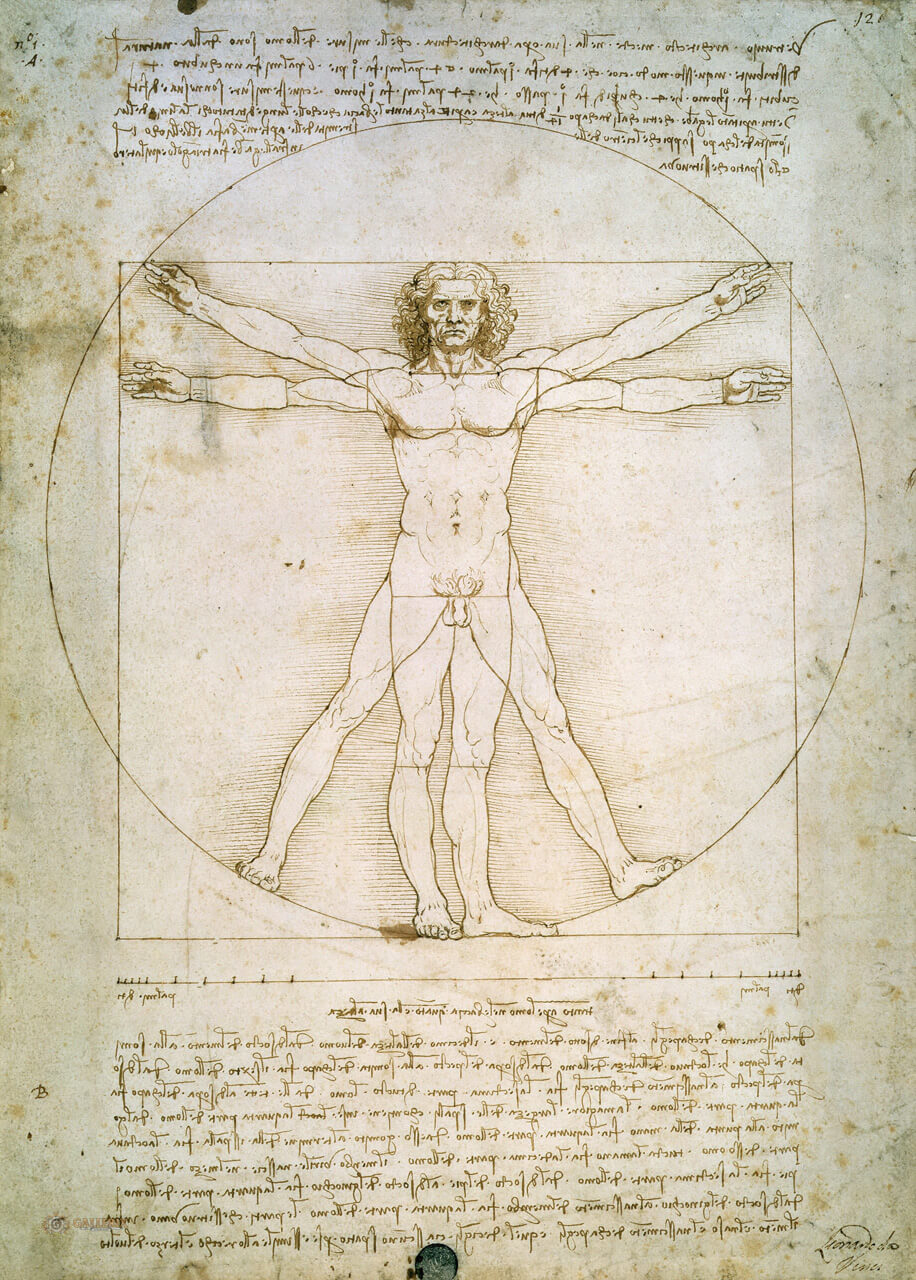
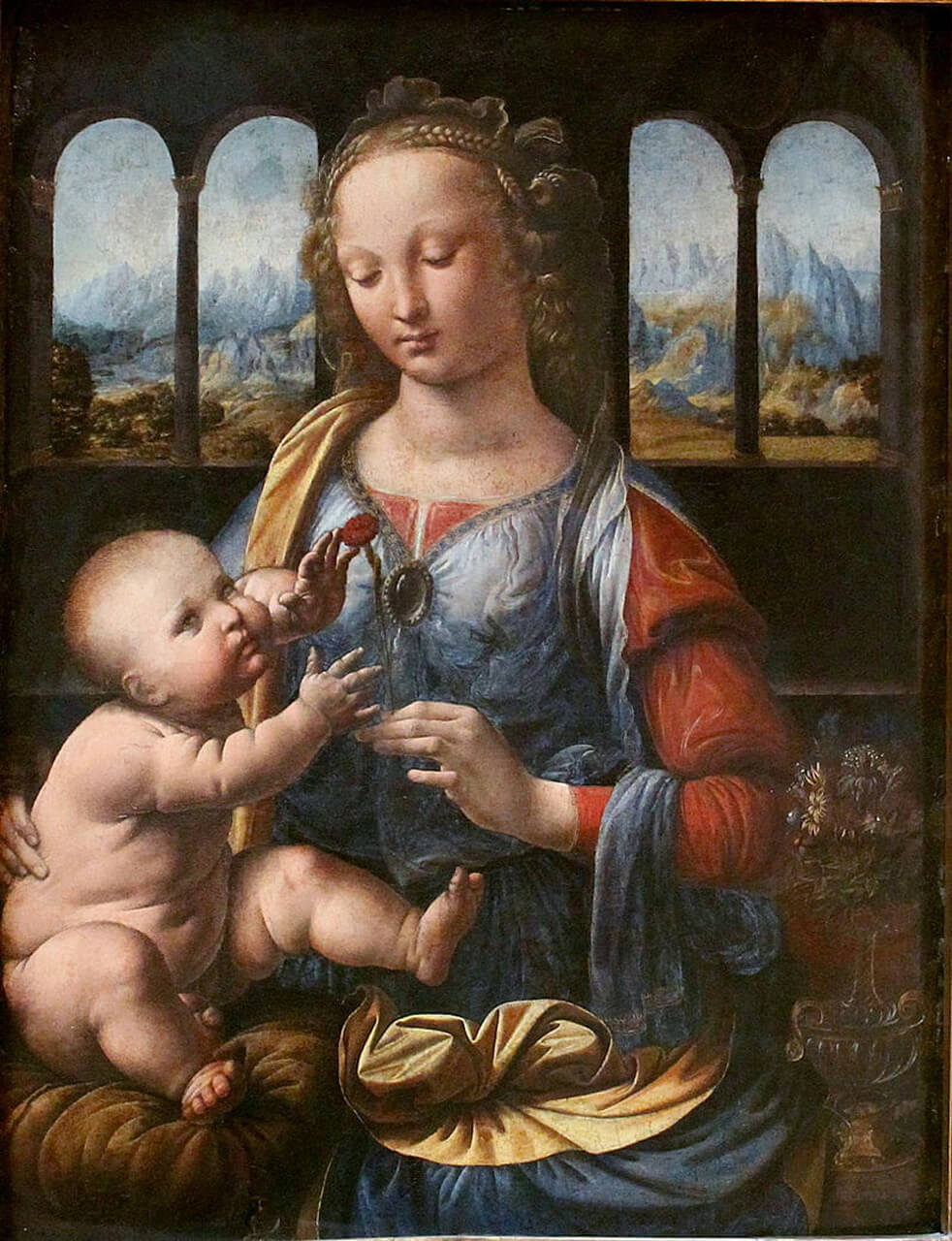
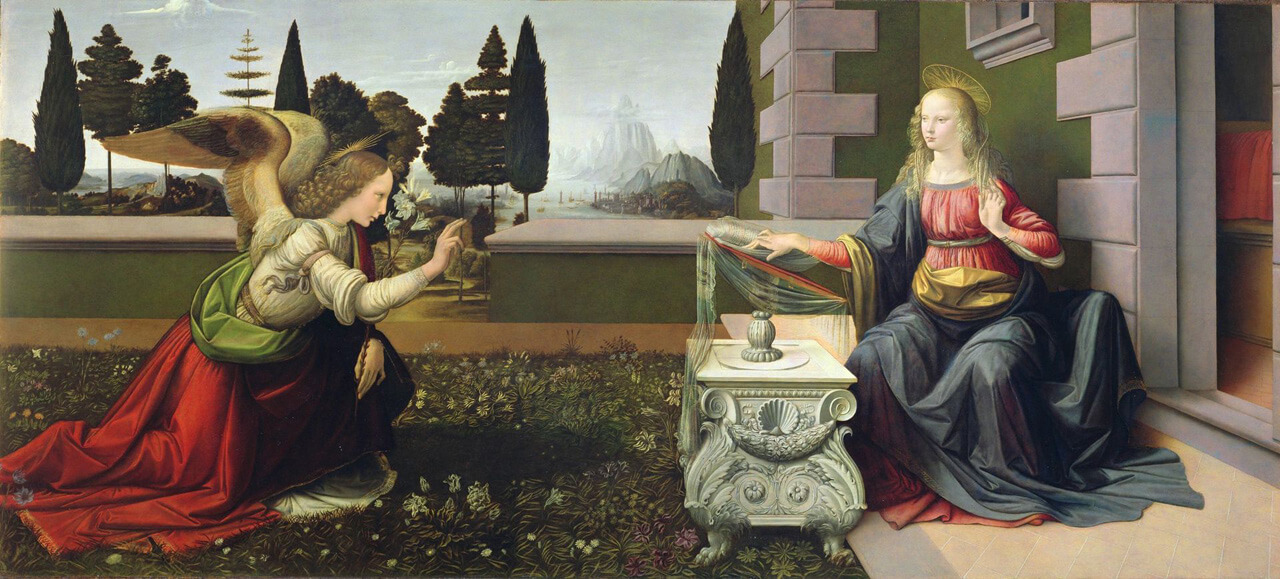
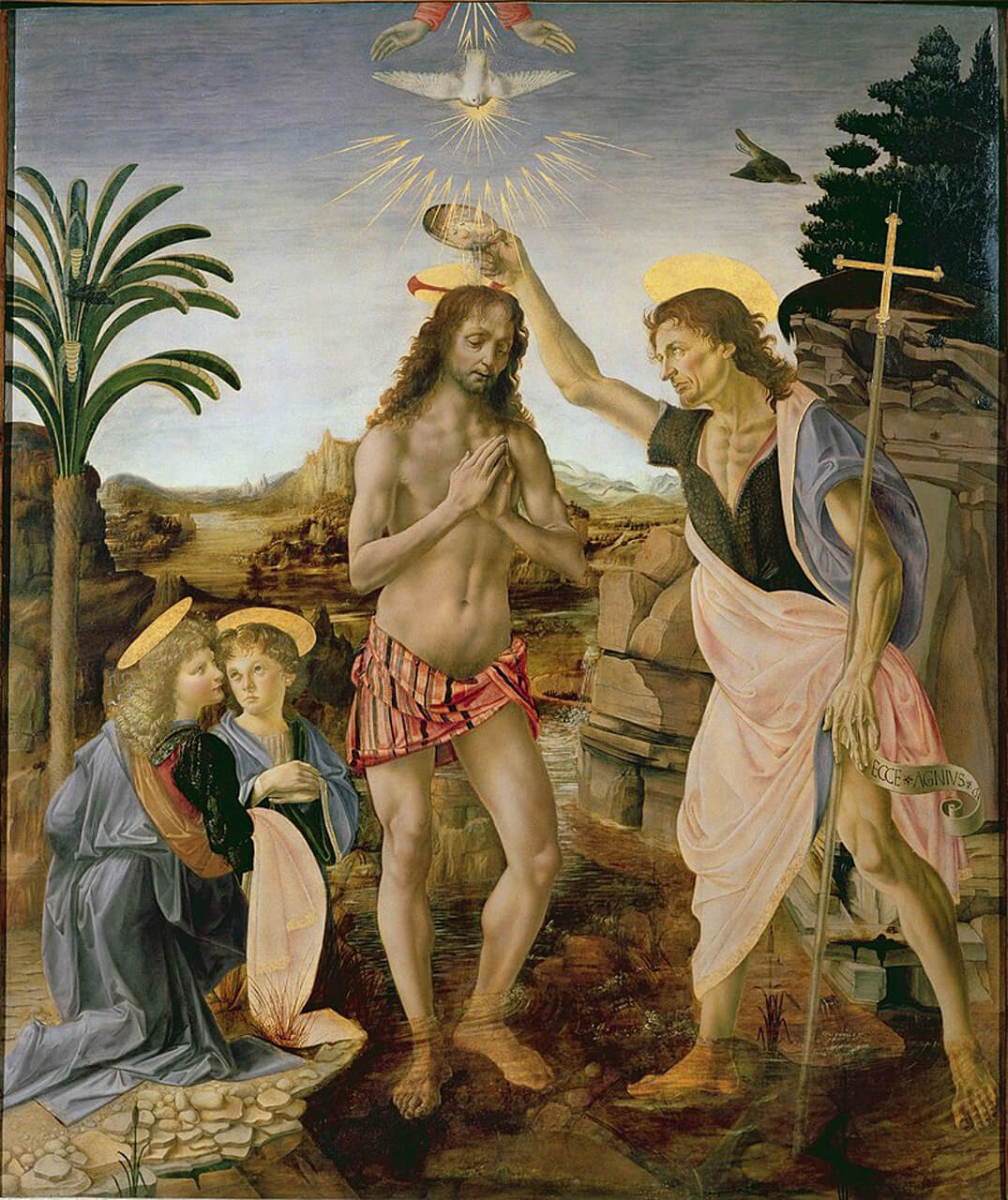
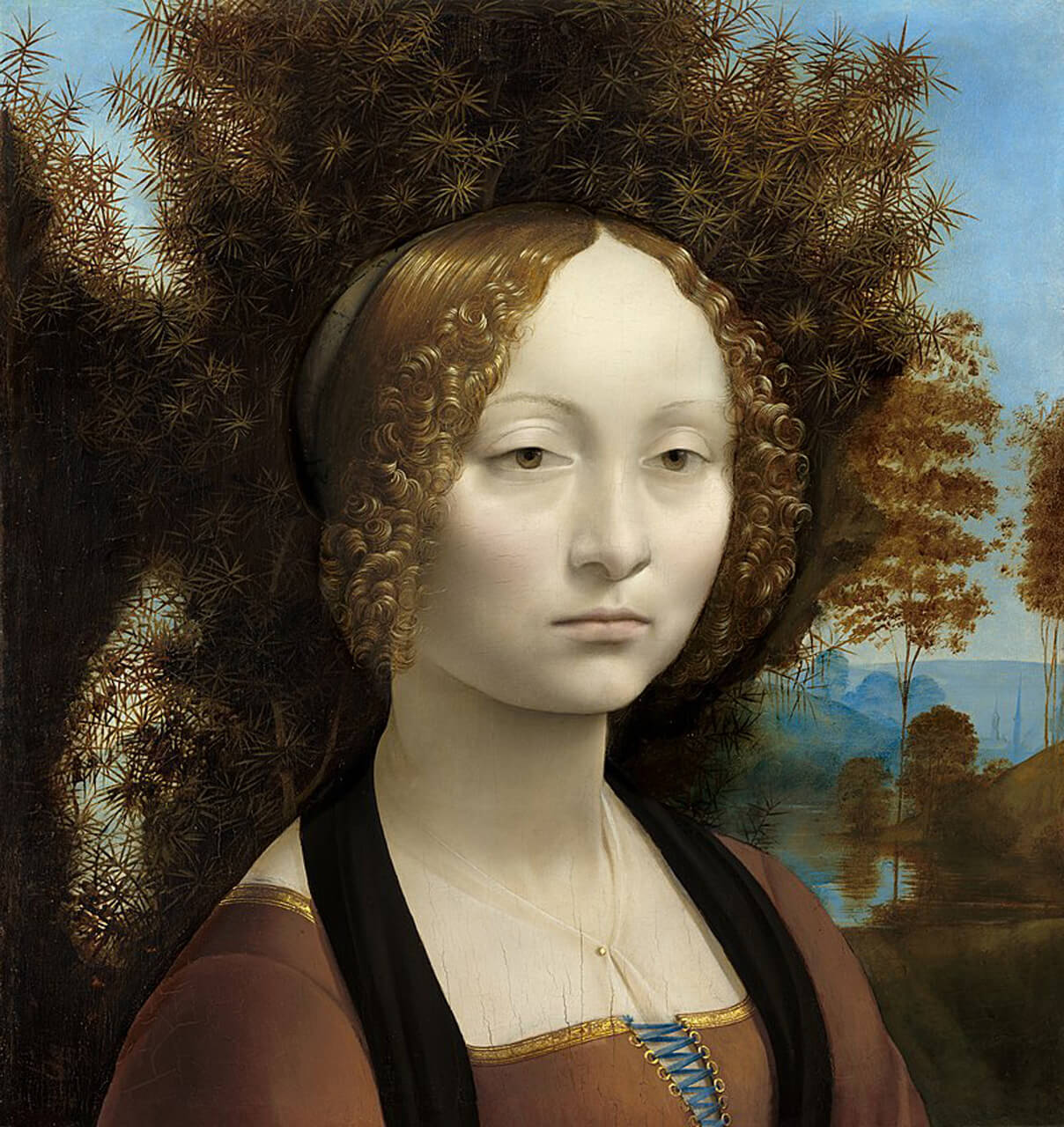
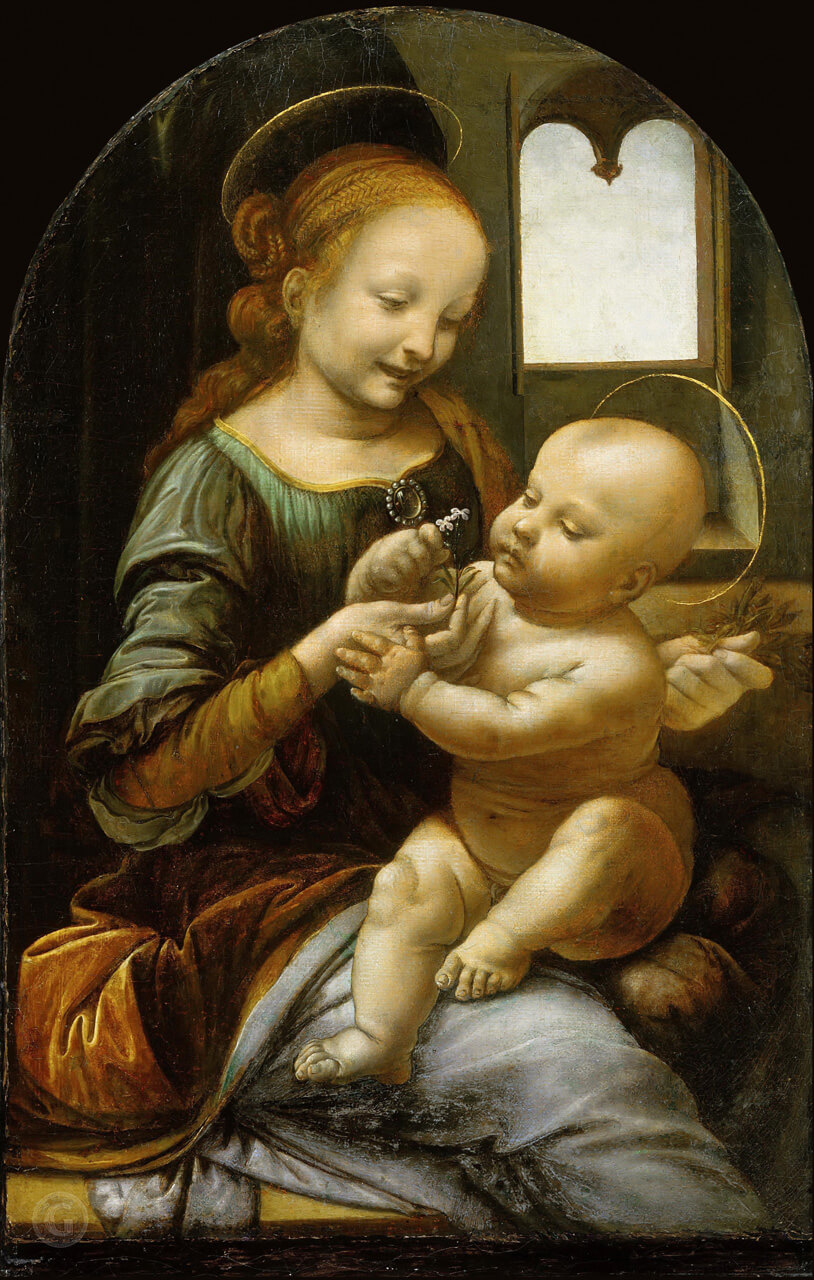

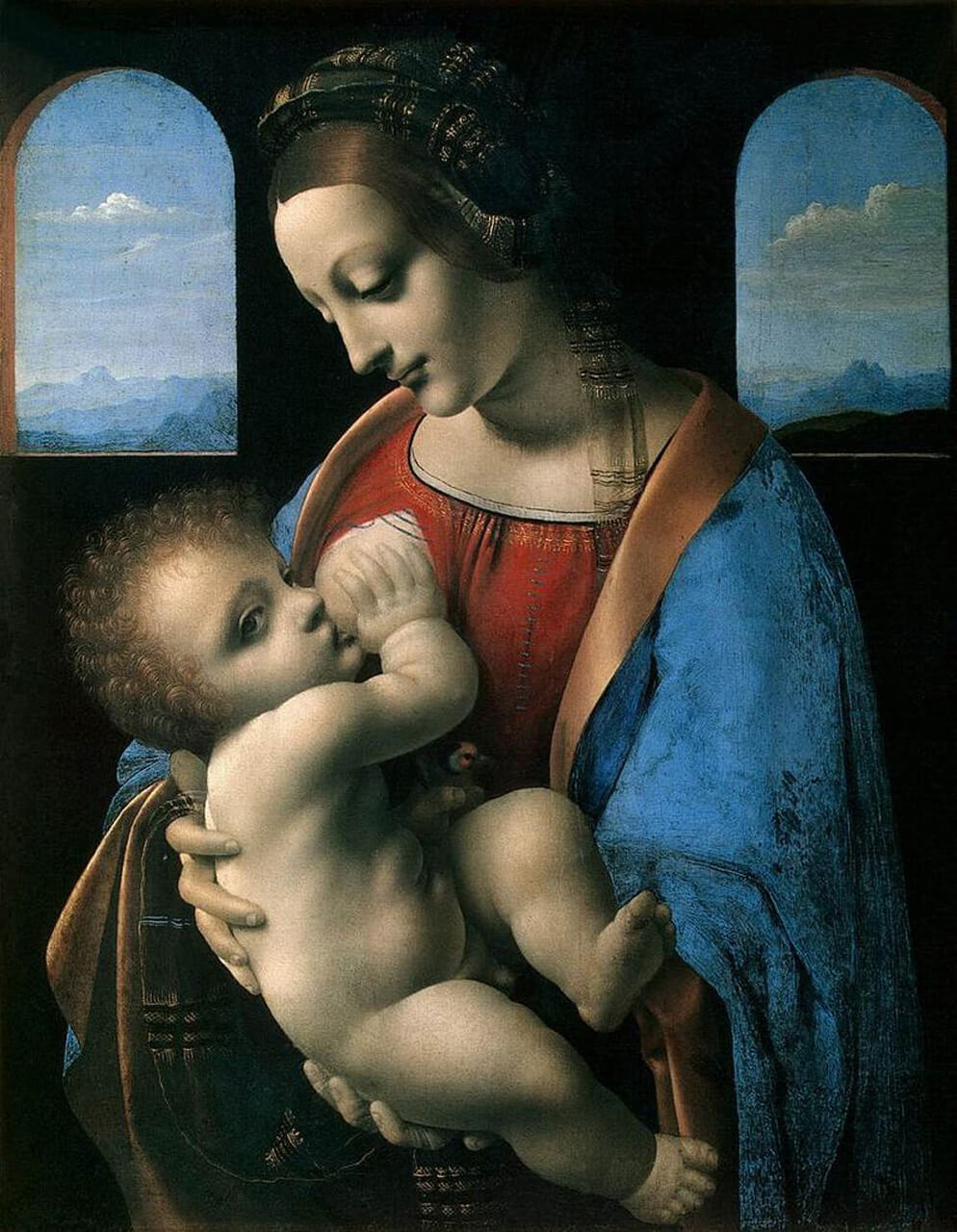
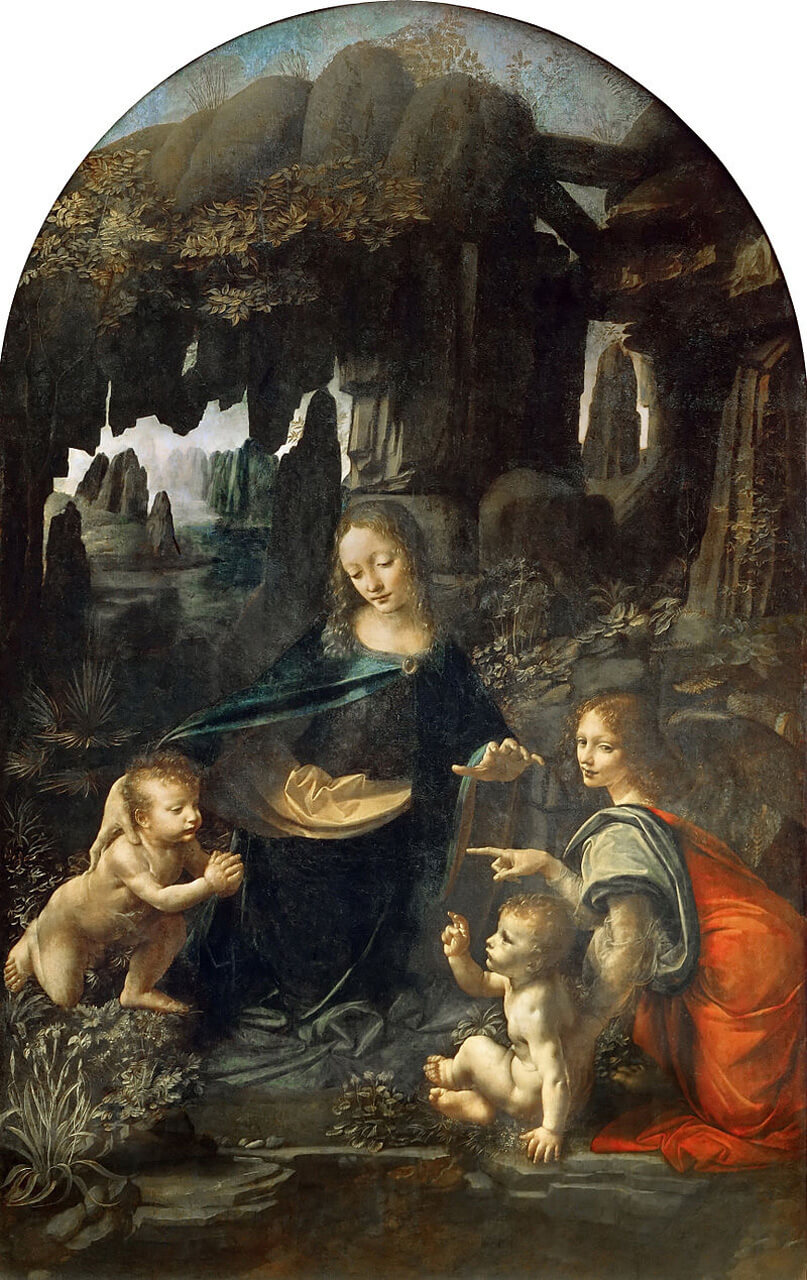
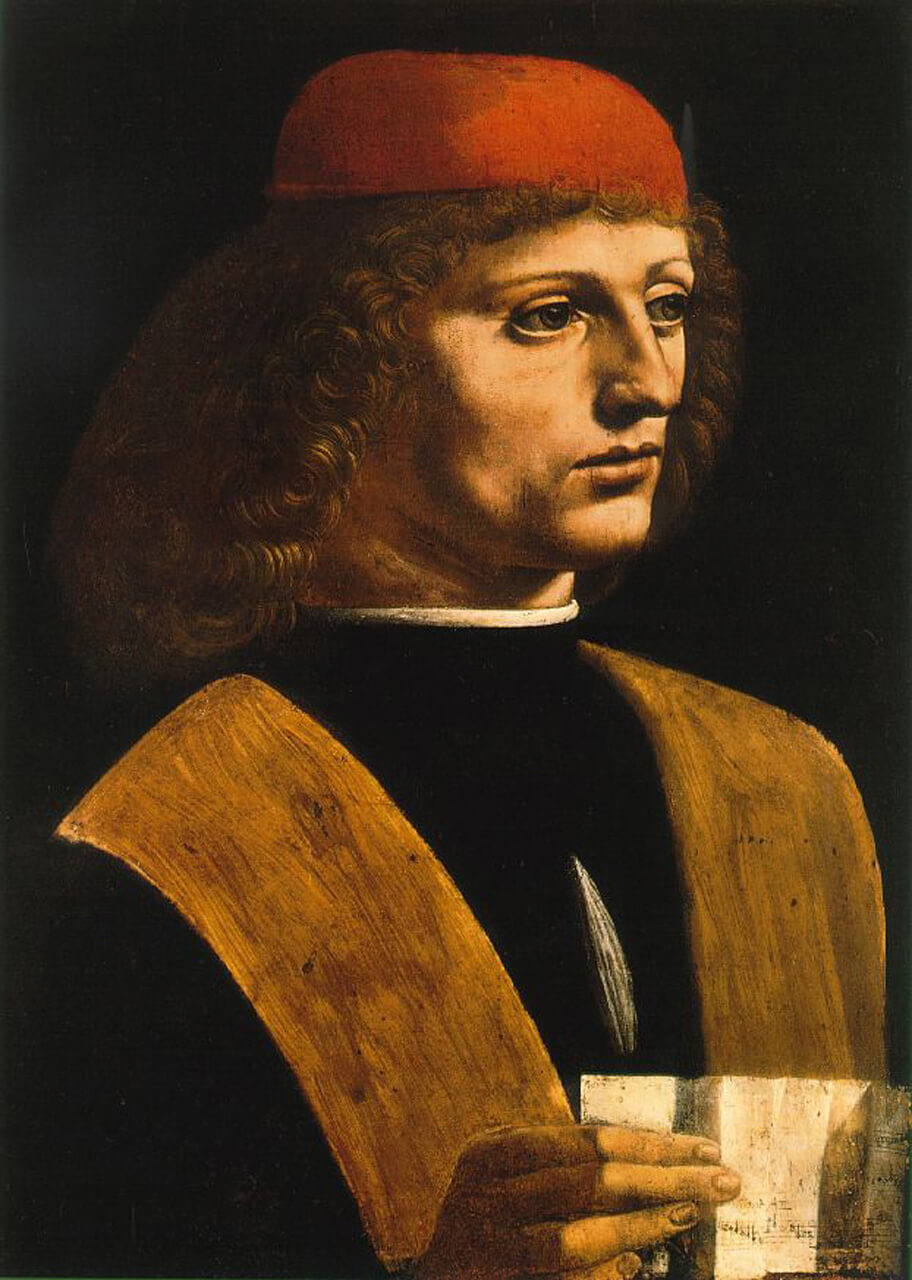
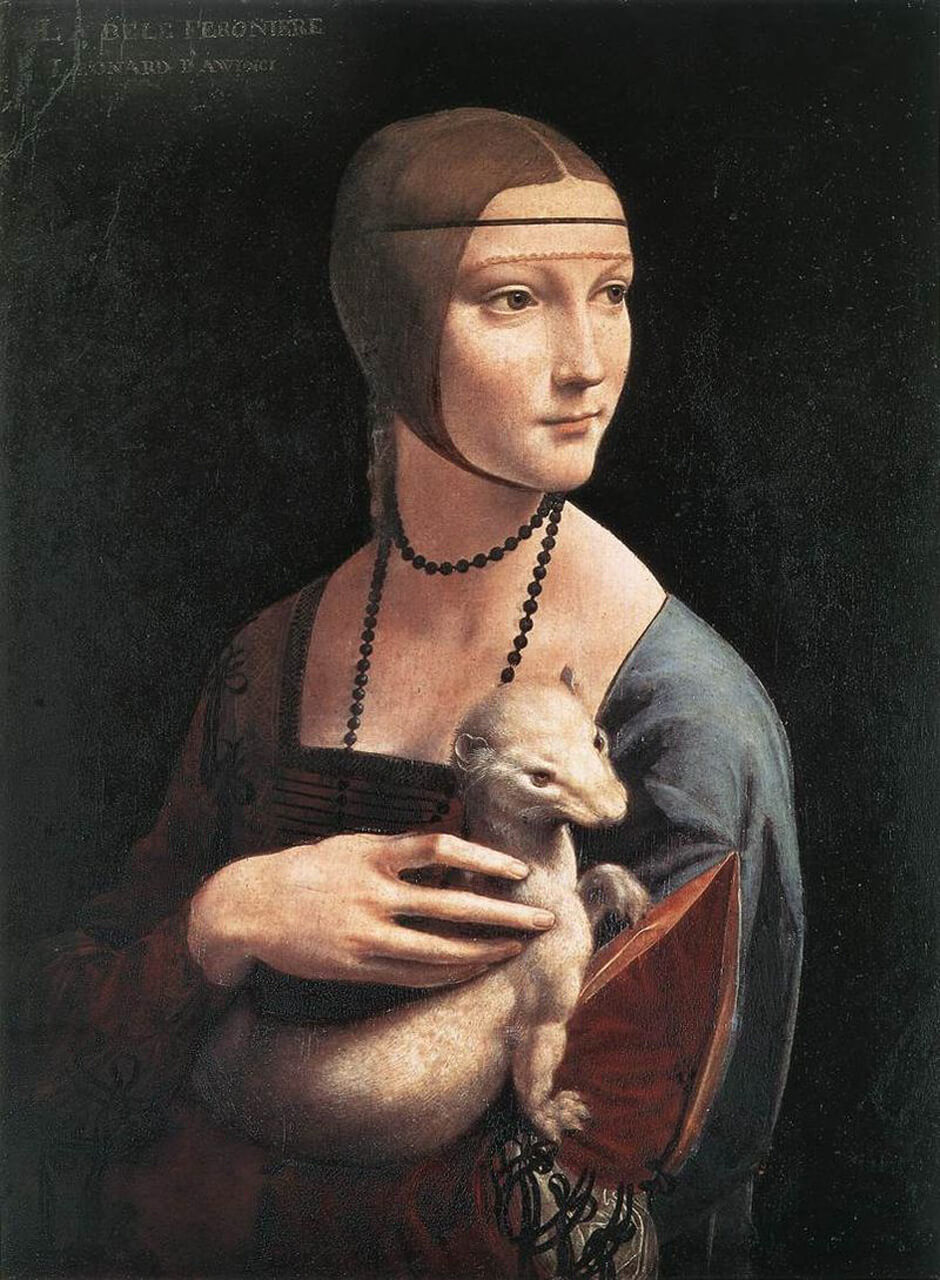
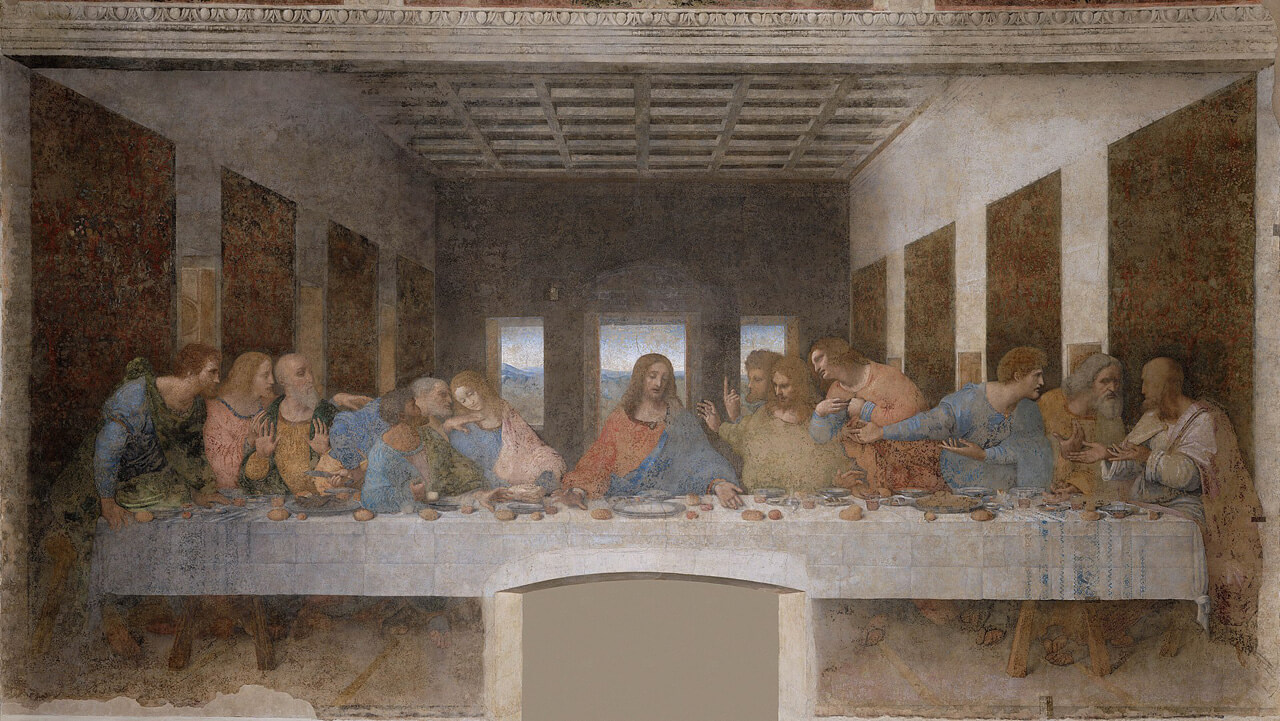
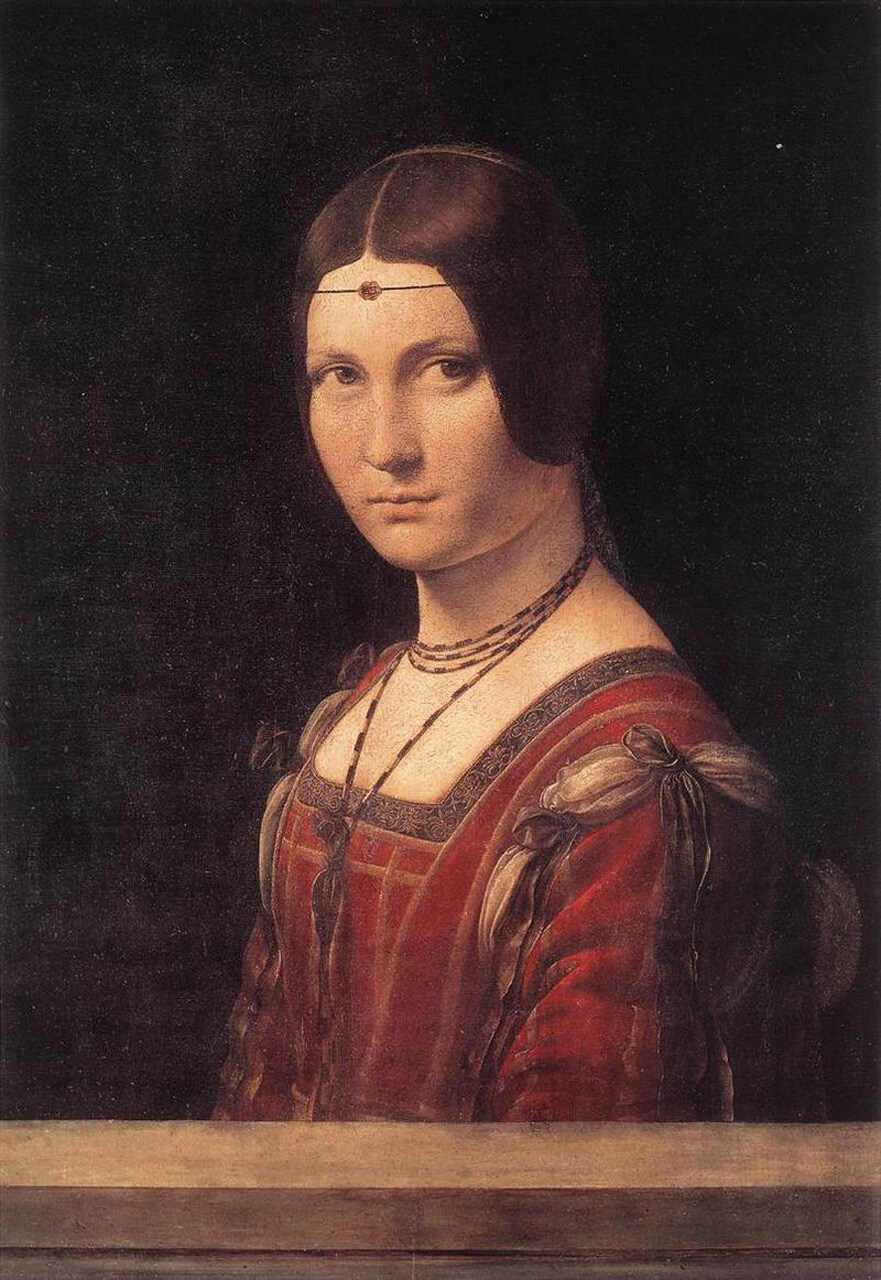
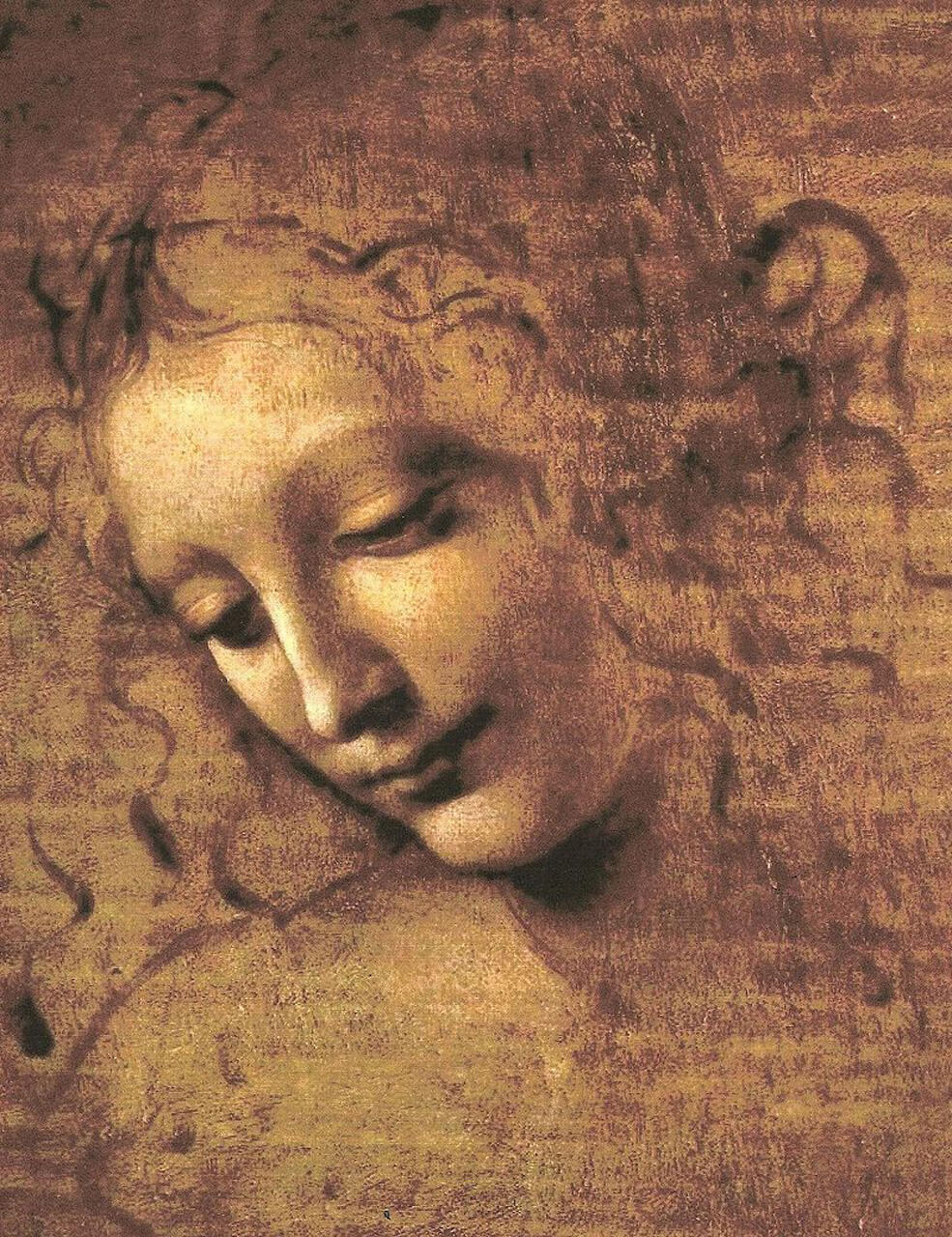

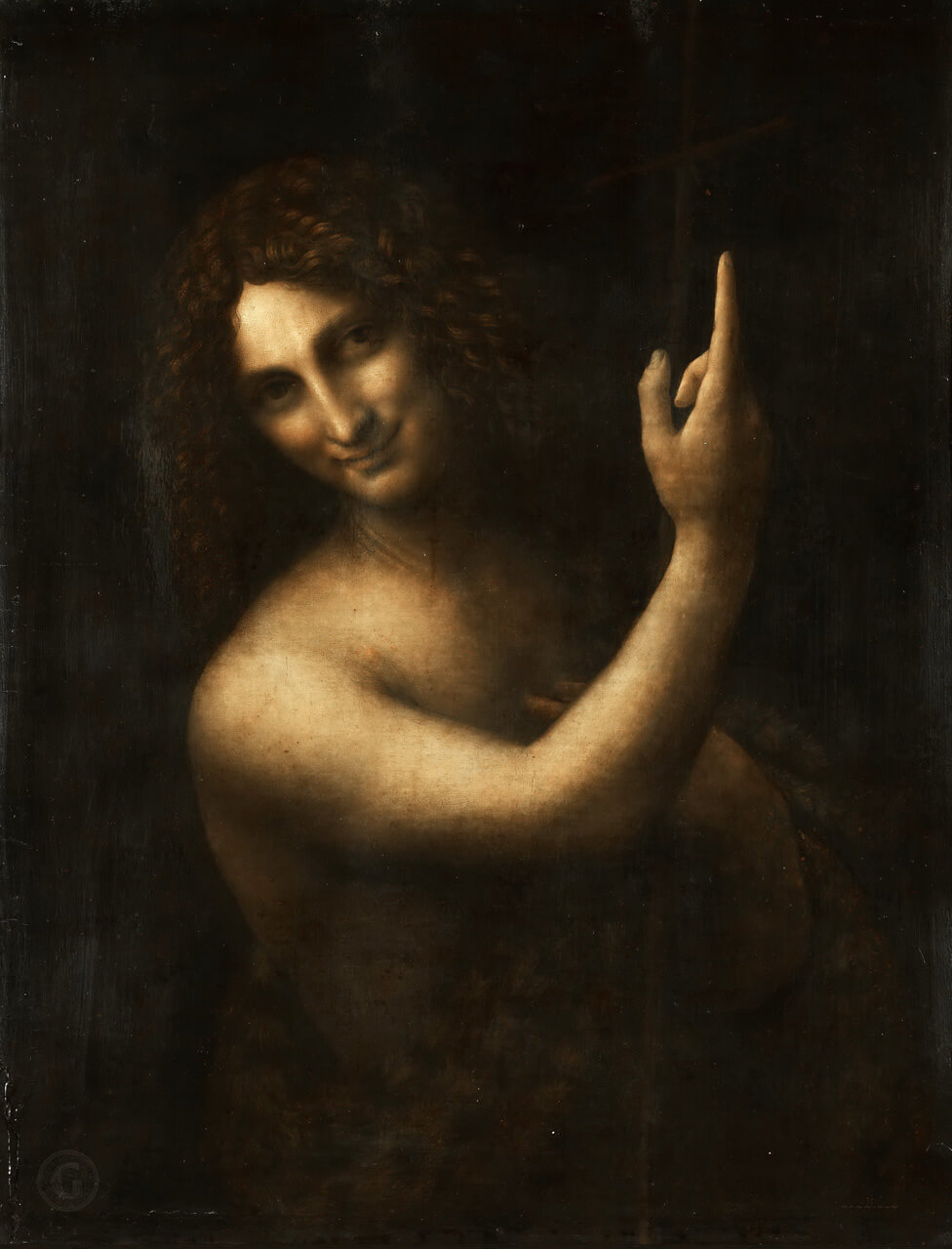
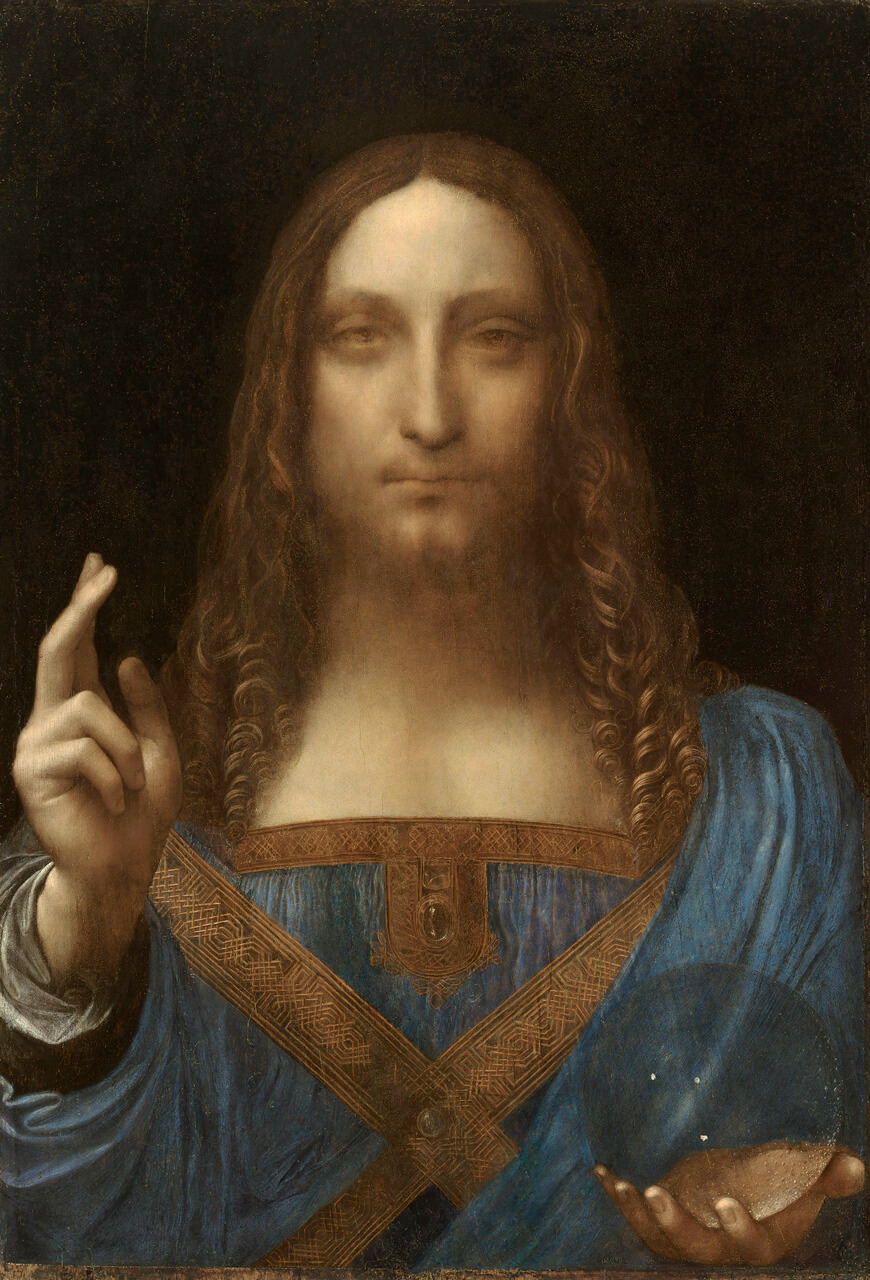
JUST CLASS !!!